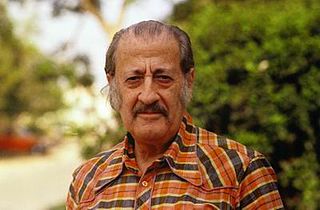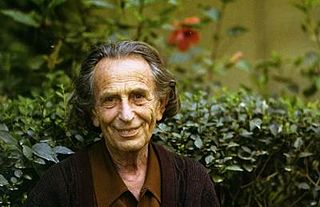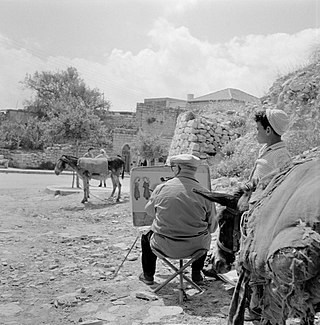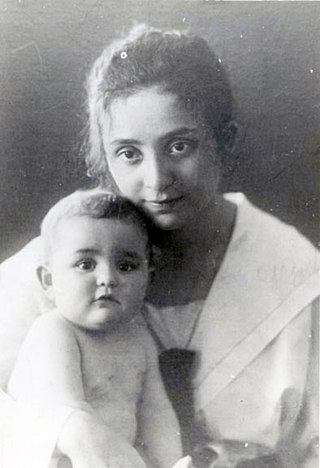Michel Kikoïne was a Lithuanian Jewish-French painter who belonged to the Ecole de Paris art movement.

The School of Paris refers to the French and émigré artists who worked in Paris in the first half of the 20th century.
Mordechai Avniel (1900–1989), variant name Mordecai Avniel, was an Israeli painter, sculptor and lawyer.

Shimshon Holzman was an Israeli landscape and figurative painter. He is known worldwide for his water color paintings.

Yitzhak Frenkel, also known as Isaac Frenkel or Alexandre Frenel, was an Israeli painter, sculptor and teacher. He was one of the leading Jewish artists of the l’École de Paris and its chief practitioner in Israel, gaining international recognition during his lifetime.
Joseph Kossonogi was an Israeli painter.

Chaim Gliksberg was an Israeli painter who lived and worked in Tel Aviv.

Moshe Castel was an Israeli painter.

Joseph (Yossef) Zaritsky was one of the early promoters of modern art in the Land of Israel both during the period of the Yishuv and after the establishment of the State. Regarded as one of the most influential Israeli painters, Zaritsky is known for cofounding the "Ofakim Hadashim" group. In his works, he created a uniquely Israeli style of abstract art. For this work he was awarded the Israel Prize for painting in 1959.

Avigdor Stematsky (1908–1989) was a Russian Empire-born Israeli painter. He is considered one of the pioneers of Israeli abstract art.

Yehezkel Streichman was an Israeli painter. He is considered a pioneer of Israeli modernist painting. Among the awards that he won were the Dizengoff Prize and the Israel Prize.

Visual arts in Israel refers to plastic art created first in the region of Palestine, from the later part of the 19th century until 1948 and subsequently in Israel and the occupied Palestinian territories by Israeli artists. Visual art in Israel encompasses a wide spectrum of techniques, styles and themes reflecting a dialogue with Jewish art throughout the ages and attempts to formulate a national identity.
Boris Lekar, was a multidisciplinary artist, considered by critics as one of the exceptional artists of the Soviet emigration to Israel.
Ofakim Hadashim is an art movement started in Tel Aviv in 1942.

Siona Tagger was an Israeli painter, known for her paintings of the life in early 20th century Land of Israel and the Yishuv.

Hadar Gad is an Israeli artist.

The Histadrut studio of art was the first art academy in Tel Aviv in Mandatory Palestine. Founded by Isaac Frenkel Frenel, it was active from 1926 to 1929. The Jewish labour union known as the Histadrut provided some funding and therefore the studio used the Histadrut name.

The Artists' Quarter in Safed, also known as the Artists' Colony; was founded with the liberation of Safed, in the war of independence (1948-49). With the encouragement of the Safed municipality, a group of artists began to restore ruins in the Mamluk neighborhood of Harat al-Wata, on the border of the historic Jewish quarter, to build galleries and open exhibitions. The first artists to settle in Safed however arrived several years beforehand. The first to discover Safed's artistic aura was Isaac Frenkel Frenel in 1920 and following him Moshe Castel and Mordechai Levanon in the 1930s.
Aharon Avni (Kaminkovitz) was an Israeli painter, born in Russia, a member of the 'Massad' group, founder of the 'Avni Institute,' and one of the founders of the HaMidrasha For the arts.

Miriam Nissimholtz, known as Had Gadya, an Israeli painter born in Russia, was the first female student in Bezalel School of Art. She was one of the founders of the Tomer.














